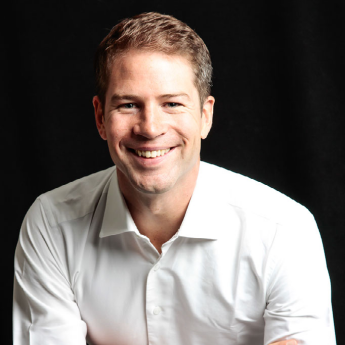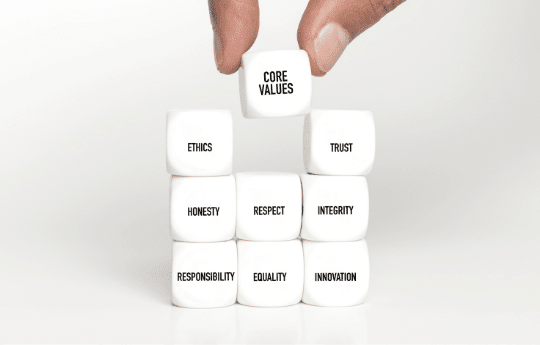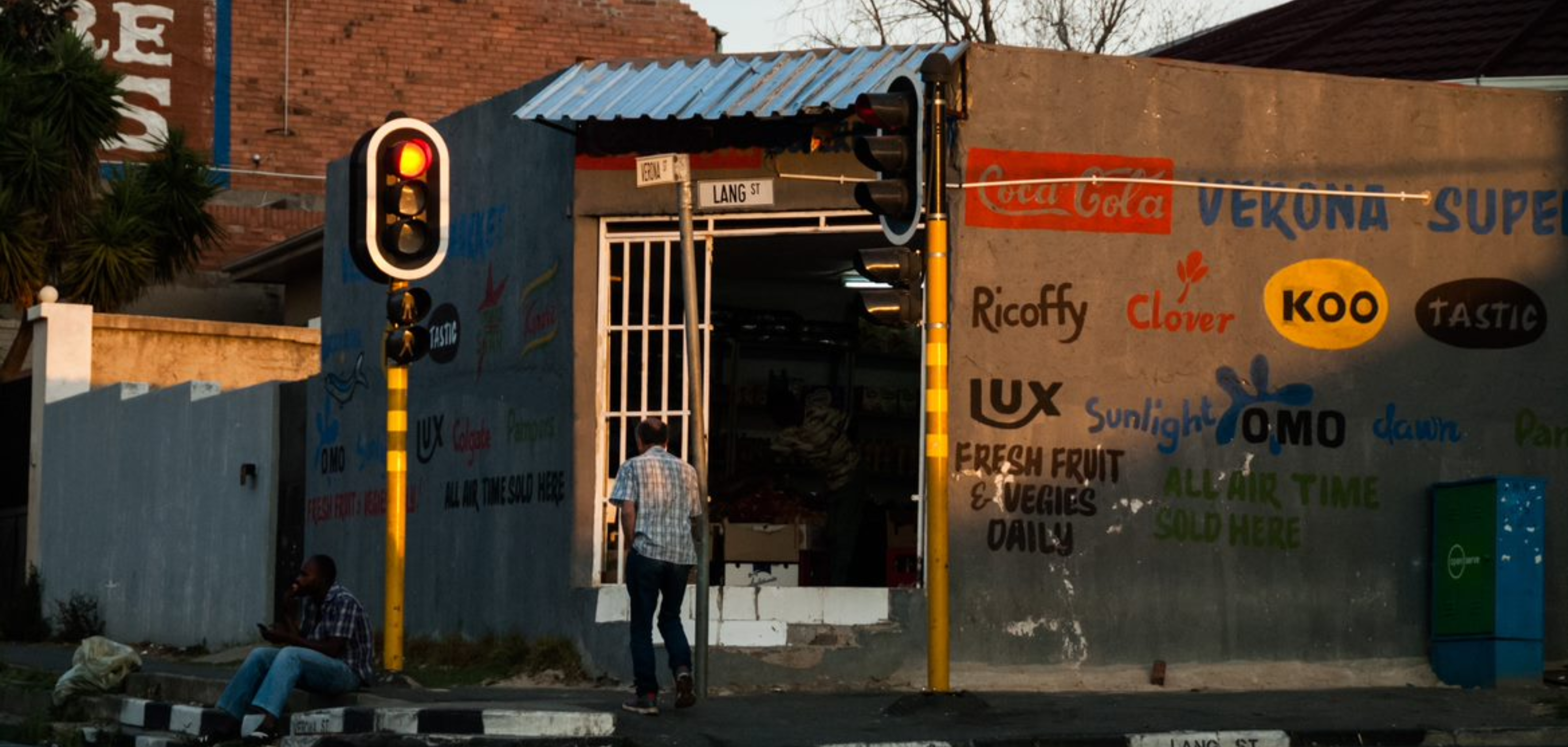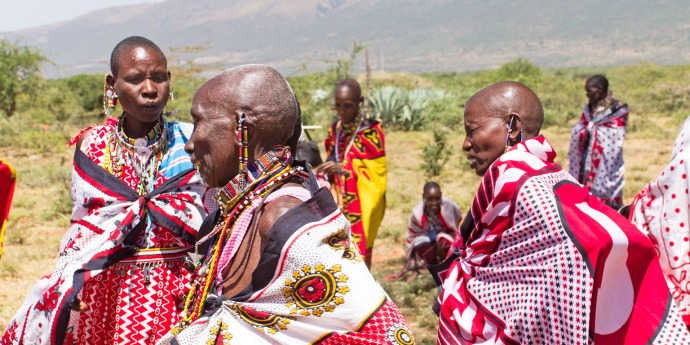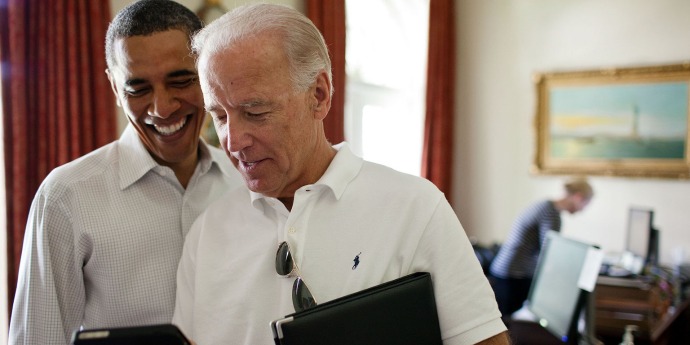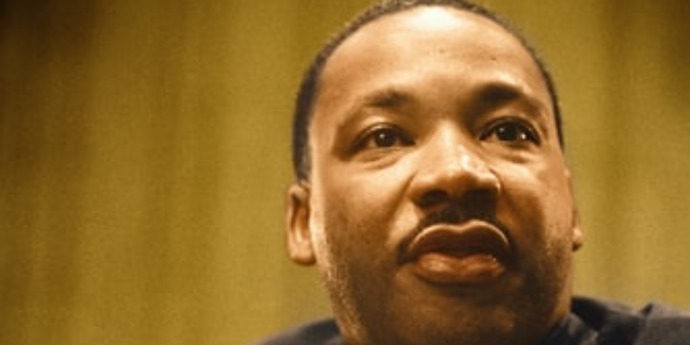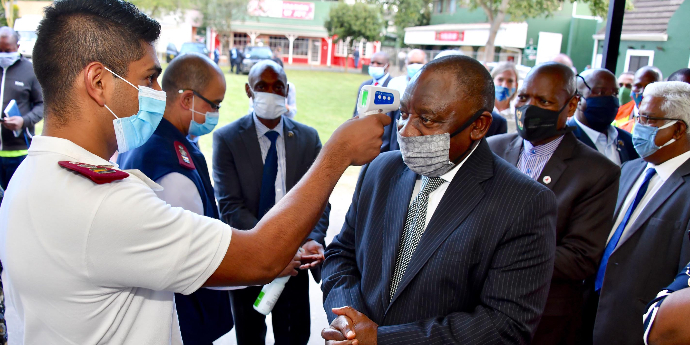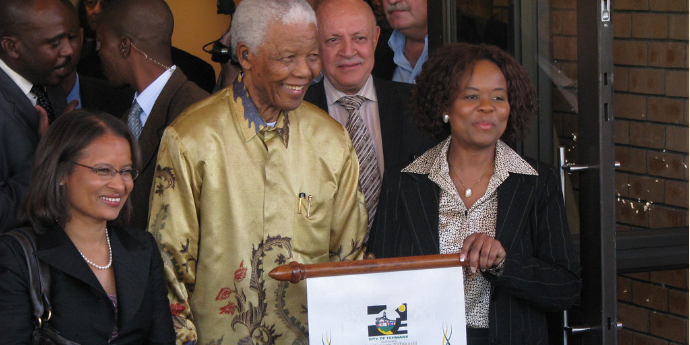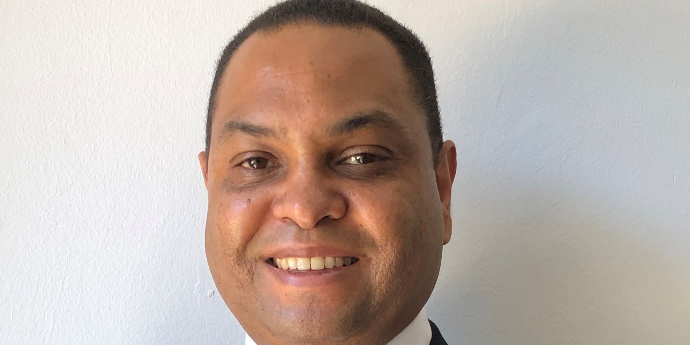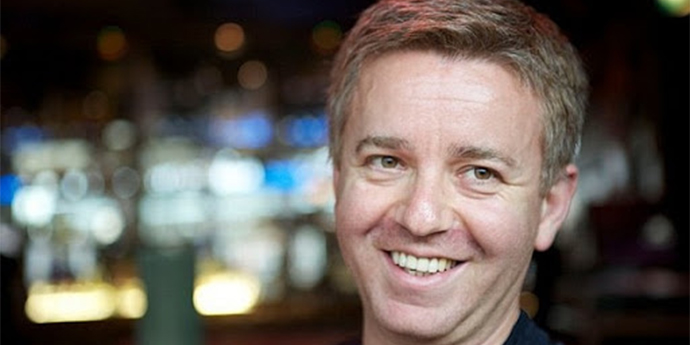Aidan Kearney’s quest for a leadership model that reflects his own values has taken him up and down the global corporate highways and byways, but it was at Nike’s European headquarters in The Netherlands that he finally found his holy grail in ‘servant leadership’.
As Nike’s strategy director for Europe, the Middle East, and Africa (EMEA), Kearney says he has encountered a leadership model that nurtures effective, sustainable teams – and could hold the key to stemming the record numbers of people wanting to leave their jobs after the stresses of the COVID-19 pandemic workplace.
Speaking at the UCT Graduate School of Business (UCT GSB) Alumni Reunion Weekend in October, themed ‘Knowledge Across Disciplines’, Kearney recounted the evolutionary journey that took him from the local business school to global sports giant Nike. Along the way, he sought to identify how best to create effective teams, asking: “How can we as leaders empower teams and organisations, and unleash their full potential?”
There was a bigger question he wanted answered, too: “How we can become more human in our daily working lives and in our interactions?”
Assimilating a culture of excellence
His pursuit began at the UCT GSB in 2011, when he started his MBA after several years working largely in his home country, Ireland. The focus on the MBA had been on developing self-awareness and personal development. But for all its value – in understanding the self and, in that way, others – he left with a nagging sense that he had more to learn about managing teams.
A few more gaps were filled over the two and a half years he spent at McKinsey in Johannesburg. Here two things stood out for him, Kearney recalls: one, the company’s culture of excellence; and two, its clearly defined processes that everyone understood and observed like clockwork. This company-wide-assimilated culture and mindset made for very effective teams. So much so that McKinsey prided itself on the fact that it could bring together a group of random individuals from any of its global offices and, within a day or two, this team would be as effective as any other within the company.
This experience reminded Kearney of a lesson he had first learned at the UCT GSB – that leadership is an almost osmotic process, a response to the environment and those around you. “This demonstrated to me very clearly that behaviour is how you lead, which is another way of saying that you lead by example.”
Seeing servant leadership in practice
But the McKinsey model was still not the one Kearney was after. Not all behaviour and leadership is sustainable, or even enjoyable, he realised. “So, teams can be very effective, but they can burn out after a certain amount of time.” Fast-forwarding past jobs in Liverpool, Barcelona, and Berlin, Kearney landed a freelance consultancy commission with Nike’s Netherlands office, then the full-time job as strategy director for running and training in Nike’s EMEA markets.
He describes the headquarters, home to some 2,000 employees, as a very “complex and interdependent organisation.” In some ways the mirror opposite of McKinsey, built largely around small, self-sufficient teams.
Here at Nike, for the first time since his MBA, he came to see in practice the principle of servant leadership, where leaders aim to serve their teams. Two incidences embodied this, Kearney recalls. The first was on a team call during the COVID-19 lockdown, when one of the Vice Presidents of EMEA started off by reminding the team that they’re all experts at their jobs, and simply asked: “How can I help you?” Not too long afterwards, newly appointed Nike CEO, John Donahoe, described his job as having to show up every day with the right energy: should he fail to do so, his team would actually tell him that he is of less use to them.
But can servant leadership create the same effective teams as McKinsey did, Kearney wondered?
It would seem to, when measured against the company’s core values, captured first in its 1970s Manifesto and its later Maxims (11 originally identified in 2000, whittled down to five in 2018). These Maxims are designed to inspire certain behaviours within the Nike workforce: from individuals being fearless enough to share their thoughts and ideas, to putting the team’s success ahead of their own, and being constantly curious.
“I think it would be fair to say that you would not be able to display these behaviours everywhere,” said Kearney. “It very much depends on the culture and the environment that your workplace has.”
But good news is that there is a growing sense that servant leadership has a place in the corporate world. Google’s ‘Aristotle’ study on what makes an effective team within that company found, among other things, that psychological safety – feeling safe to take risks within a team – was the leading building block. At the same time, the record number of people wanting to leave their jobs after the stresses of the COVID-19 pandemic workplace model – a trend that McKinsey recently dubbed ‘The Great Attrition’ – has been credited by employees to not having a sense of belonging at work and not feeling valued by managers. Servant leadership improves employees’ psychological safety which makes it a leadership style that is indeed consistent with building effective teams.
“I think servant leadership can also create this sense of belonging and create the culture that will improve retention,” says Kearney.

